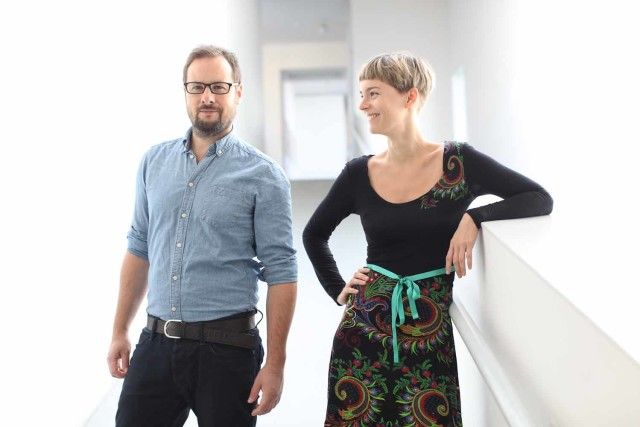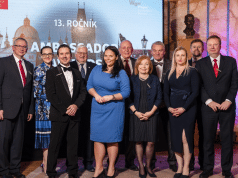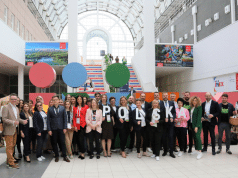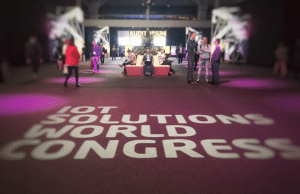Interview by POLONA PONIKVAR
What does ethnography have to do with providing an exceptional, multi-channel service and how does it help to create good marketing strategies? Well, everything. As the best way to obtain customer insights, it should be the starting point for the successful launch of any new product.
During the last decade service design has emerged as a useful alternative to the standard methods of traditional marketing. Putting the focus on identifying and understanding human behaviour, this approach to marketing is vital for integrating multiple channels across the digital and physical space.
Many companies are trying to introduce new, innovative services, but they fail in making the relevant use of new techologies, misplace touch-points and often overlook the chance to grasp the changes in their marketplace and establish new revenue models.
A deep insight into the motivations and reservations of customers enables nurturing sustainable relationships between a company and a client. And service design does precisely that – it examines customers’ (users’) attitudes, their feelings and their behaviour relevant to the brand experience. It integrates management, marketing, research and design to envision the best design solution that will add value to services. Service design acts as an intermediary that connects organisations and clients in a far more reciprocal way.
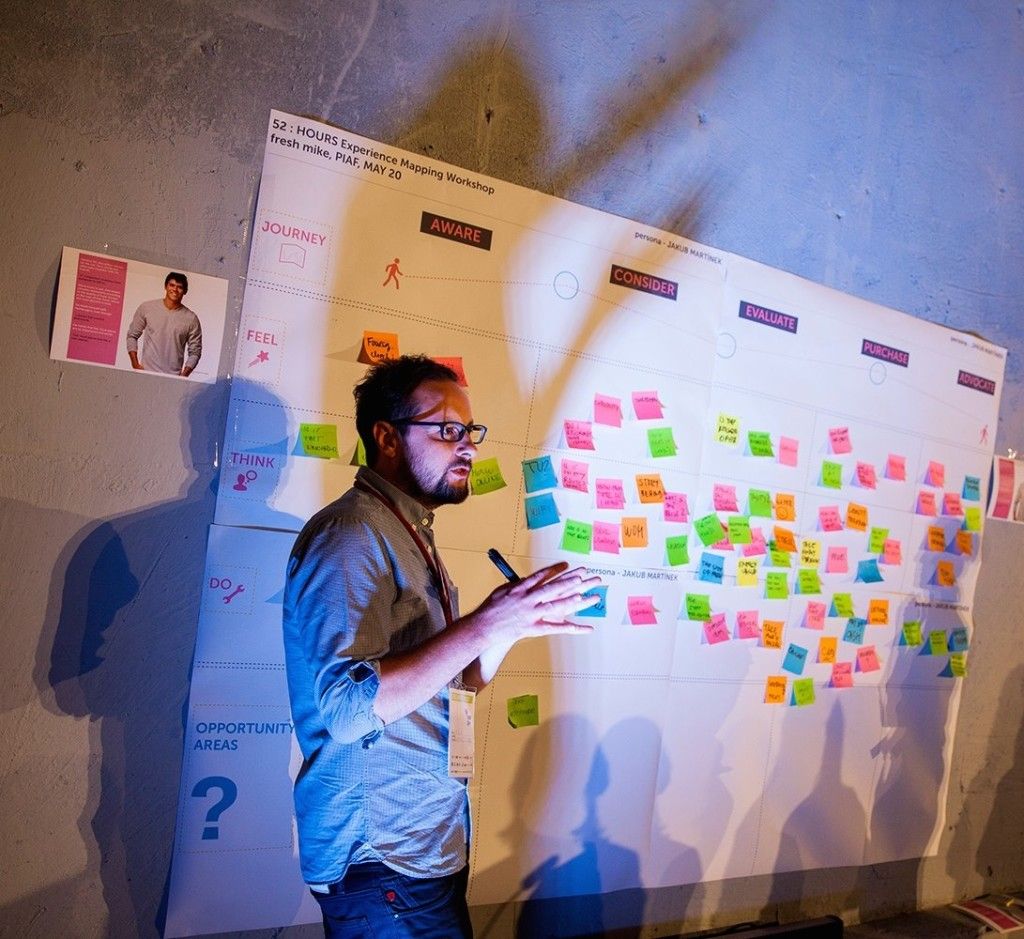
Q: You field of work is the so-called ‘service design’ – what exactly is service design and how is it different from any other standard brand design?
Service design is a holistic method that focuses on interaction between the customer and the product over time and with particular attention to the context in which this interaction takes place. It is basically a part of systems thinking that rests on observing the problem within a wider ecosystem. Effectively, this means treating every product as a service before, during and after purchase or use and therefore the name service design. The result of interaction is what is commonly called product and brand experience – in itself a critical feature of success. Of course, the entire experience of interaction between a customer and a brand cannot be fully predicted, but brands must do their best to design multiple touch-points and channels as to create positive experiences for the customer, both in physical and digital domains. So, a fundamental part of service design is getting to know your customers, understand their needs and behaviour and, subsequently, design solutions that help them fulfil those needs.
Q: What does the company name – 52:HOURS – actually mean?
The name is basically a proof of concept. We worked with a client on a project through a series of very intensive workshops and we realised that during the course of only fifty-two working hours (not real time, of course) our team managed to identify main challenges and set the strategic direction in which we needed to go in order to solve them. The name 52:HOURS later came to describe the basic package we offer to clients, comprising identification of pain-points in interaction between customers and brand, product or service, positioning and a creative brief.
Q: How do the needs of an average consumer of different services and products change when it comes to choosing the right product, the right service?
In Maslow’s sense, the basic needs perhaps haven’t changed much, but expectations have in a substantial way. In many areas, including tourism, what used to be premium is now seen as a standard service. As people in general now have better access to information, they are more demanding, which urges brands to re-think their business models and supply chains, to be more authentic, more transparent and show their attitudes about social topics. This poses a challenge, but can also offer a great opportunity for connecting with customers. Similarly, mobile customers force even the most conservative luxury brands to adopt digital channels. With shared economy, the car industry is now considering a future where owning a car may not necessarily be a common feature. Financial institutions feel the threat, as startups are quicker to offer innovative, better or cheaper services, etc. Constant commoditisation makes brand equity and loyalty harder to maintain, and this brings us back to the question of whether the brand experience justifies the brand promise. Authenticity is a very important factor.
Q: In your opinion what is the most important element in the marketing process of a certain product that influences the consumer’s final decision in choosing one product over another?
The combination of smart design, deep understanding of customers, bold creativity and ability to maintain the relationship with customers is what sets successful brands apart from the others. Smart design means having a good product that fills a gap in the market and addresses customer needs better, while also feeling more beautiful. Function as such is not enough. The world is full of functional products that lose money. A beautiful product is designed to be experienced by all the human senses: sight, hearing, sense, touch and taste. After Mac and iPhone everybody realises how important a part of the experience it was to touch them. But what ensures that products will be bought is marketing rooted in a strong human insight with a creative and engaging message that people can identify with.
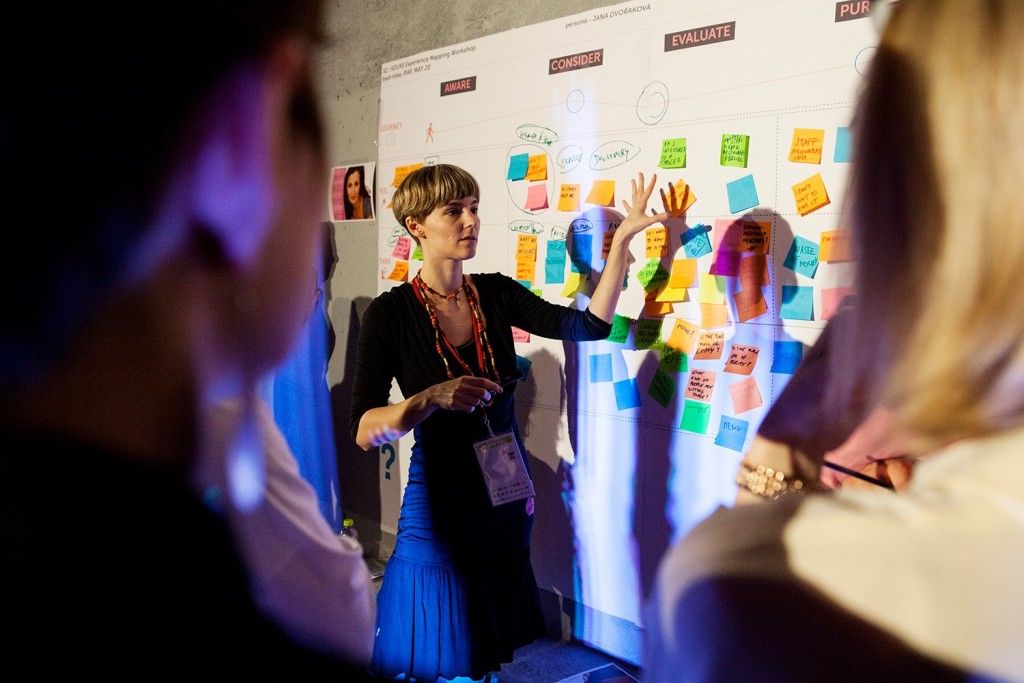
Q: Our magazine is specialised in the meetings industry and tourism in general. We’ve noticed that old-fashioned tourism PR and marketing (visitor guides and other such stuff) just doesn’t work anymore. Why do you think this is?
Not only is the audience overwhelmed with ads, but the rise of digital media changed the way we perceive the world around us. For example, many people today evaluate their experiences by how “Instagramizable” they are. The good is what looks good on social networks. Kids use pictures on Snapchat in the way their parents (who are now on Facebook) used letters and their older siblings used texts. With new media comes new codes, and brands need to grasp these changes and adapt in order to stay relevant and credible. Tourists look for memorable experiences and share those experiences using social networks. The tourism industry must therefore do its best to facilitate sharing and provide quick, relevant and honest information and assistance to the people that rely on their mobile devices.
Q: It seems that the tourism industry needs to create a specific design (some sort of visual identity) for every (congress) tourist experience. Who, in your opinion, has the necessary experience and tools to make such an efficient design?
Efficient design is a combination of three things: perception, function and creativity. A designer needs to be perceptive of the environment in order to figure out the complexity of what may seem a simple purpose. While design as a creative process is obviously a matter for professionals, we also need a critical audience. Including the public in any process may be a tricky thing, but may also help in building awareness.
Q: By posting pictures and personal statements via social media channels, Facebook, Twitter, YouTube, etc. every visitor to a specific tourist destination is becoming a destination ambassador. What do you think is the best way to incorporate one’s personal experiences in marketing purposes? What are the means to achieve this sort of marketing strategy?
This question is a complex one, but as a general rule tourist destinations should put the quality of the content associated with them as a high priority. Stories and imagery must somehow be exceptional. Also, they should consider how to make the physical environment more social media friendly in order to drive engagement. Evidently, you wouldn’t ruin a perfect beach with a photo-booth, but for example, there are ways to make use of gamification to create a sense of exclusivity or collect leads in order to stay in touch with people.
Q: How important do you think a city’s general urban creativity is? Does it have a crucial role in a city’s efforts to become more visible and recognizable worldwide?
Some cities, such as Berlin or London, have built their image by consistently supporting the so-called ‘creative industry’ with obvious success. But even the cities without metropolitan advantages could benefit from helping creative people express themselves. One such place is Leipzig, often called the ‘new Berlin’. However, it is unlikely that any kind of creative endeavour that is not part of a larger creative strategy of a city can create an instantly recognisable international image just by itself. To be recognisable, an image needs to be a result of many authentic creative expressions with something in common. This is where collaboration between the citizens and the city council can have a great effect.
Q: Why does a city (as a destination) need a creative director?
We tried to answer that question in a recent article published in Croatia where we took Zagreb as an example. In short, we think that most medium-sized cities, especially those still struggling for their place on the global map, can profit from having an office whose job would be to stimulate and facilitate the creative potential of the citizens and ensure that great ideas find their way through the corridors of administration faster and with less friction. There is a lot to be achieved by supporting projects that integrate local culture, innovation and entrepreneurship through art and design. Peter Saville, long-term creative director of Manchester, once noted that cities are determined by what the visitors take away, not by what they bring in. As memories are one such thing, someone should help to create them.


